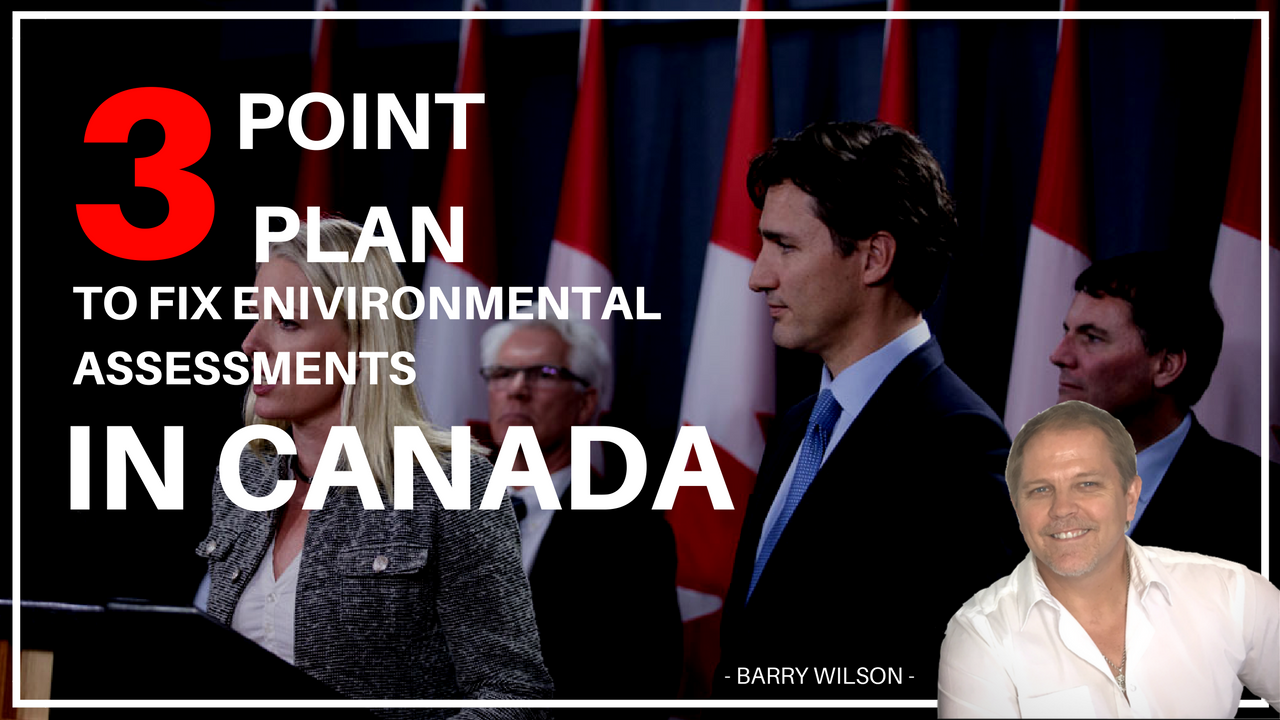
A 3 Point Plan To Fix Environmental Assessments In Canada
Nov 27, 2015
Prime Minister, you are right, Canada's environmental assessment (EA) process needs a major overhaul. The current process leaves everyone feeling muzzled, confined and lacking trust. Here's a 3 - point plan to fix EA's in Canada:
- Make the process inclusive from the beginning
- Get cumulative effects assessments right
- Seek solutions that balance the three pillars of sustainability - economy, society, and environment.
If we can get these 3 right, then we'll be well on our way to rebuiling trust from Canadians, building buy-in for responsible resource development and respecting the rights of those most affected.
The root of current mistrust and conflict in the resource development arena lies in restrictive land use decision-making processes that exclude many Canadians and that are not adequately examining the cumulative effects of all land uses and natural disturbances across meaningful time and space. Here’s how we change that.
First, let’s make it inclusive. Under the current approach, developers are isolated and undertake a private EA to identify the potential negative impacts of their proposed development and to offer mitigation measures to minimize the harm. Then the developer asks everyone else how they feel about it. Everyone would be feeling a lot better about it if we were working with the developer from the beginning, sharing a feeling of meaningful involvement and creating a sense of understanding and collective benefit.

Prime Minister, you understand the benefits of collaboration and working together. We need to require all levels of government, First Nations, Inuit and Métis, stakeholders and NGO’s to be engaged from the start. This is better for the proponent too because communities will become supporters and believers in the project rather than detractors or opponents.
Second, let’s finally get cumulative effects assessments done right. We need to consider all human land uses and natural disturbance across meaningful time and space. It is not enough to look at one individual land use in isolation. We need to examine the cumulative effects of all the different land uses together. And we must include Mother Nature in our assessments. Her forces of change like wildfire, avalanches, flooding and climate are formidable and crucial considerations as we plan for resilience.
We must also consider a meaningful time frame. It has become acceptable practice under the current process to identify today as the ‘baseline’ and assume that any historic effects are thus accounted for and need no further examination. This narrow view implies that nothing can be learned from understanding historic development rates and patterns. Unfortunately we know that history is littered with lessons unlearned. We also know that ecosystems do not operate on the timescale of an operating project – traditional knowledge tells us we should be thinking in terms of 7 generations or more.
And we must assess across relevant space. Watersheds are the natural system boundaries. Examining only the potential effects of a proposed development within the project fence line prevents us from seeing the forest for the trees. We must evaluate the benefits and liabilities of proposed development in the context of watersheds and basins.
Third, there should not be a Tug of War between the environment, society and the economy. Prime Minister, I have heard you say we need all three – that it is a delicate balance – you are right. Making the EA process a meaningful, inclusive and informed conversation about what developments move us closer to where we want to be, and those that do not – whether the trade-offs will be worth it, or not, will go a long way towards achieving that delicate balance. Let’s collaborate and work together to get EA’s right.

